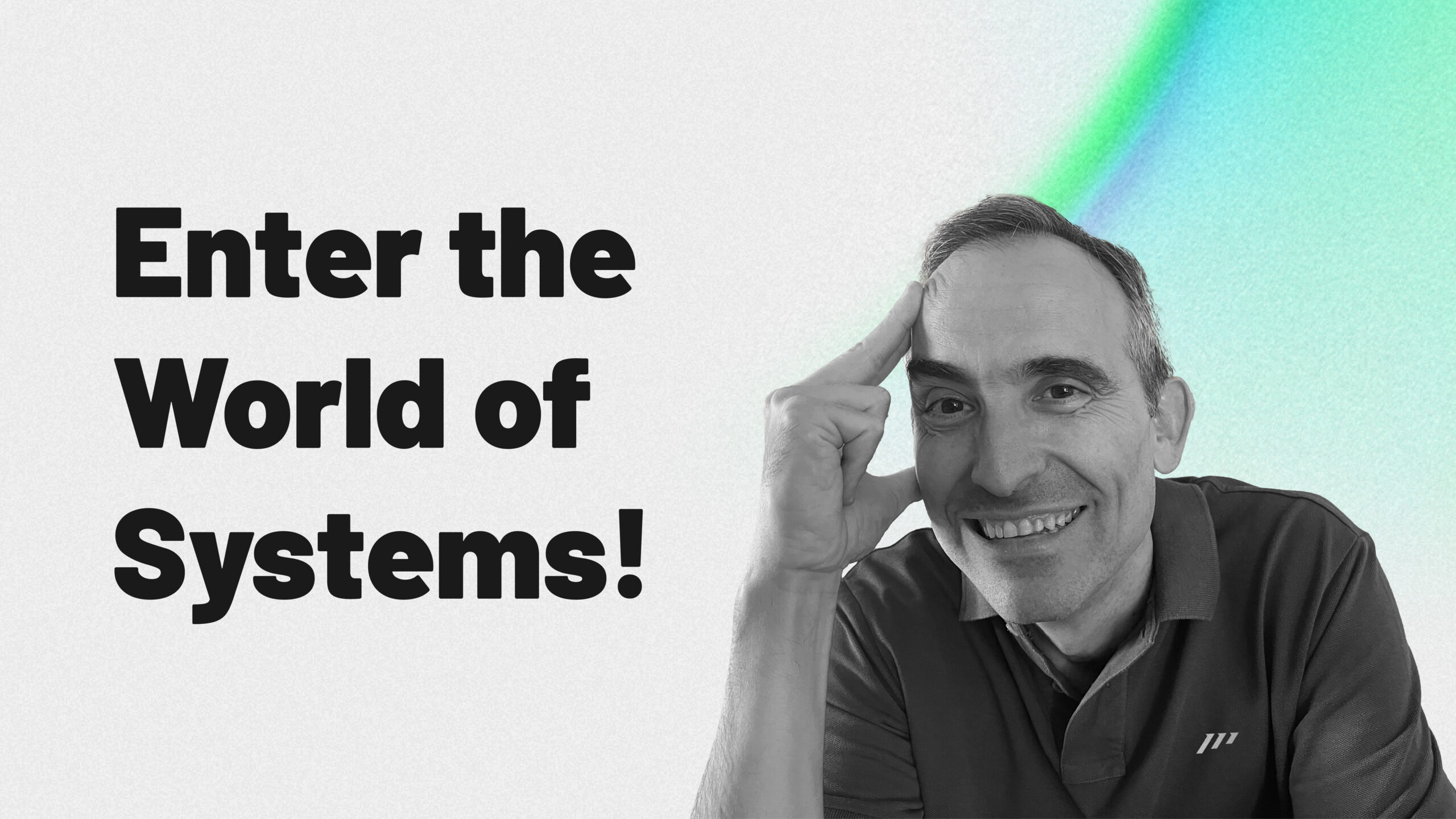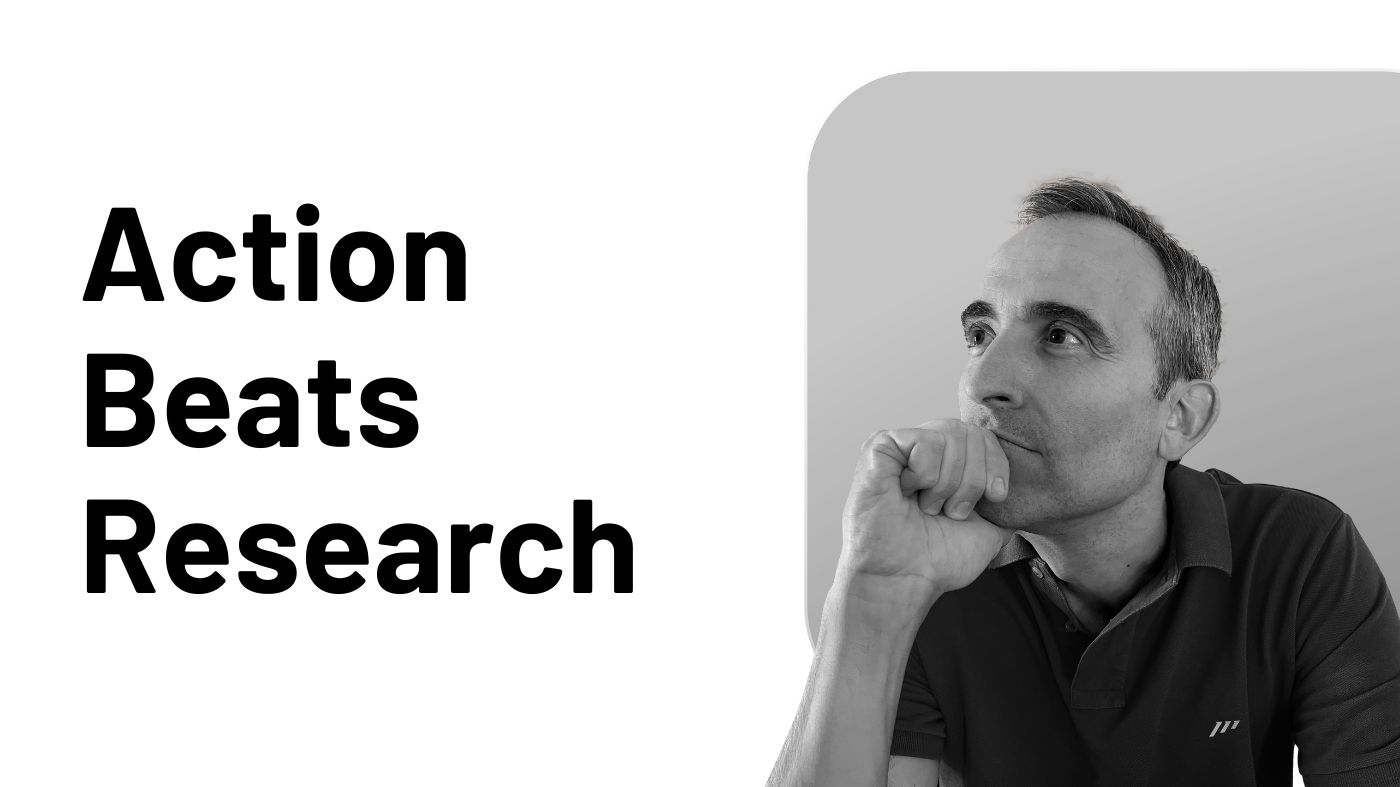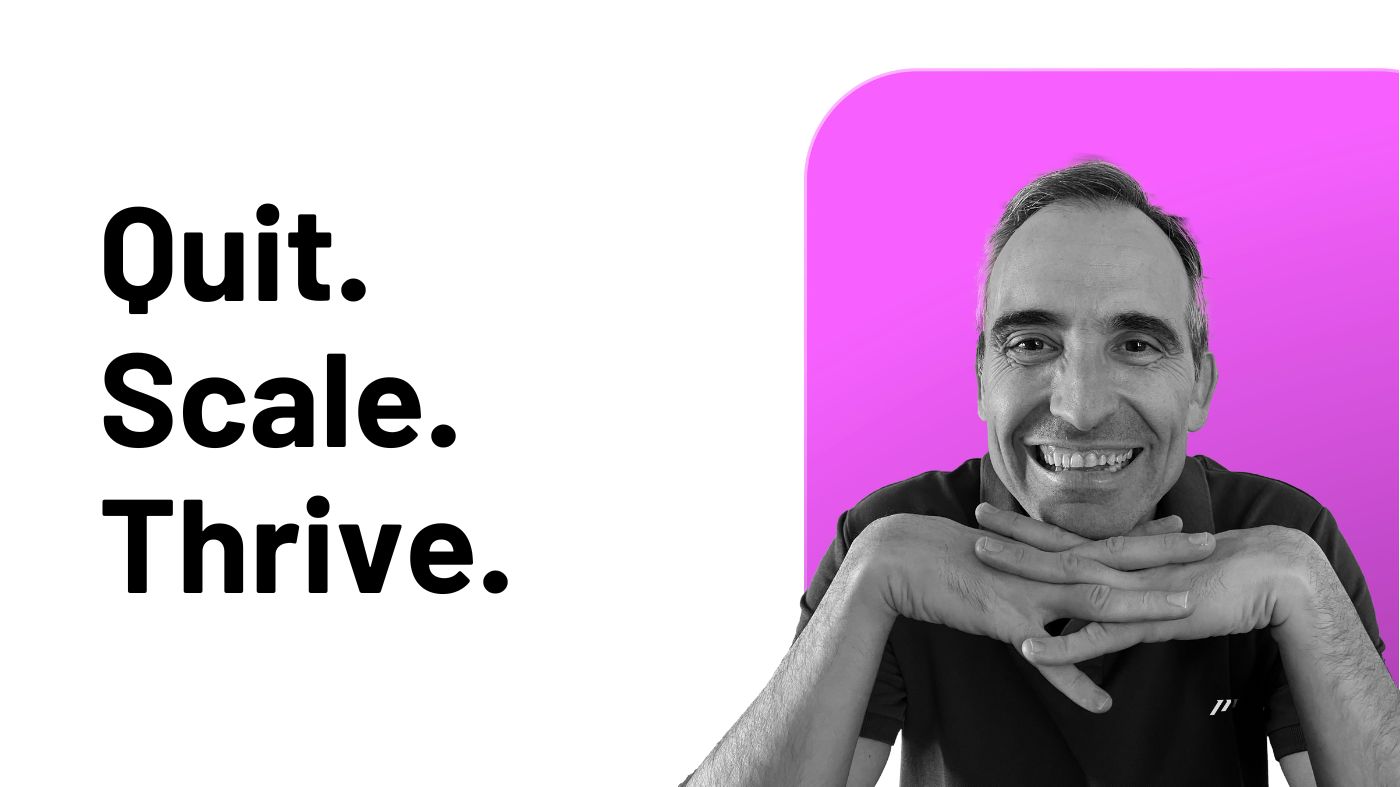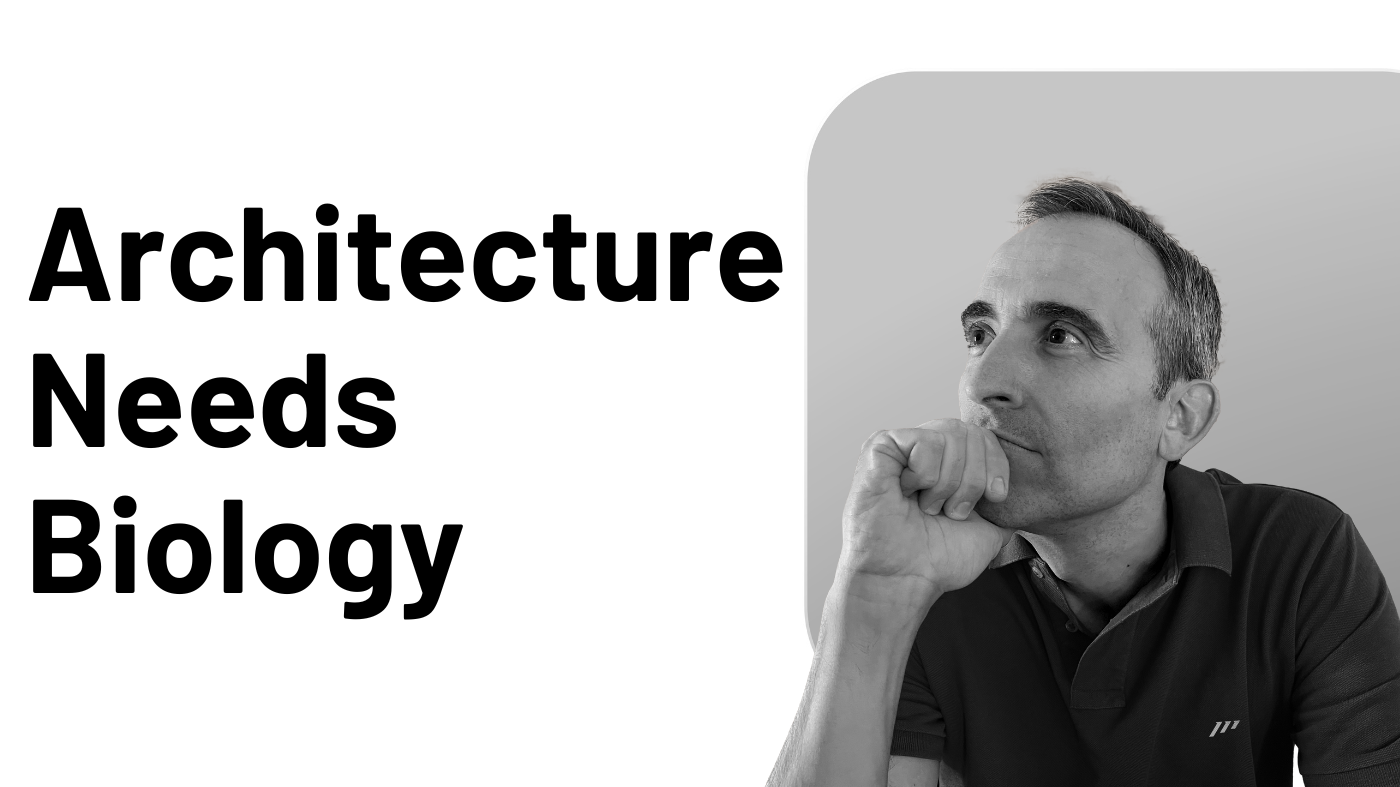Words matter.
They show what we really think, and the concepts we have inside our minds.
When we use words, we’re really building on our ideas, shaping how we think.
Words turn our thoughts into actions and, what we do, in turn, affects how we work and live.
The concept of a “Second Brain” essentially suggests that we have two systems for organizing and processing information: our biological brain, and a digital or external system that helps to support it.
Let’s break down the two main effects that naming “Second Brain” brings to the forefront.
Effect #1: Prioritization
Firstly, there’s “Prioritization”.
When we talk about having a Second Brain, it implies, literally, that our biological brain goes first.
We just use the Second Brain to enhance the productivity and functionality of our First Brain.
However, this can lead to problems.
The ways our natural brain and a digital system operate are quite different, which can lead to confusion and inefficiency.
Trying to make a digital tool replicate the complex processes of the human brain can become a challenge, often ending up in wasted time and energy on tools that just don’t align with how our minds naturally work.
Effect #2: Separation
The second effect is “Separation”.
The Second Brain approach tends to separate the “two brains”, leading to two fragmented and scattered systems.
The “First Brain” may struggle to comprehend and work with the “Second Brain” if they are considered separate entities.
This separation causes issues in several other areas:
-
Capturing information becomes chaotic because there’s a disconnect between what your biological brain thinks and what the digital brain captures.
-
Processing and understanding information is more difficult, as you’re trying to merge two different systems of thought.
-
Retrieving information is ineffective because the connections in your biological brain don’t match up with the digital links you’ve set up in your software tools.
-
Creating, planning, and executing tasks becomes nearly impossible due to a lack of coherence and cooperation between the two brains.
It can be extremely challenging for your natural brain, your First Brain, to work in harmony with a Second Brain that isn’t organized in a way that mirrors your innate processes.
That’s why we, at the Paperless Movement®, bet on a different approach.
One Brain, but with Two Parts
It may seem the same, but it’s not.
From this perspective, you just need to envision a single brain with two interconnected parts: the physical and the digital.
This approach encourages a more seamless interaction between our natural mental processes and digital enhancements, leading to a more cohesive and efficient system of managing your information and actions.
This way you forget about two systems you need to connect. No need for a first one or a second one.
You just need a streamlined all-in-one system, a productivity system end to end built on a straightforward and common set of shared “Concepts” and “Workflows”.
This “One Brain with Two Parts” approach offers many benefits.
It’s based on the understanding that we all have a single brain that operates best when its two parts work together in harmony.
It allows you to enter the world of systems because now you understand you’re nothing else but a system.
When you grasp that your brain operates as a cohesive system, automatically carrying out information, tasks, and routines all together, you step into a new realm of efficiency.
Now, you understand this isn’t about juggling different tools or systems.
You just need to create a comprehensive productivity system that mirrors the way your brain operates.
Since you have only one brain, you model your digital system to reflect the same thought patterns, processes, and methods your brain uses.
This alignment makes the digital part of your brain feel intuitive, as it operates just like the physical part, with the only difference being that it links digital tools instead of neurons.
By focusing on this synergy, using software becomes second nature.
You’ll find yourself drawn to digital tools that fit seamlessly into your workflow because they resonate with your logic and habits.
The tools you choose become a natural extension of your thought process, not just arbitrary selections.
This unified approach streamlines how you:
-
Think and develop ideas.
-
Engage with the world around you.
-
Capture and process information.
-
Evolve your thought processes.
-
And above all, take action, because information without action is meaningless.
Also this way, each part of your brain is optimized for its strengths: the physical part fosters creativity, imagination, and unique human skills, while the digital part excels at organizing, storing, and retrieving information.
This synergy will take you to:
-
Effortlessly capture and recall information.
-
Discover connections that previously went unnoticed.
-
Structure your thoughts more effectively.
-
Enhance your memory through understanding.
Moreover, the digital part of your brain is invaluable for planning and executing the tasks that lead to your goals.
It enables you to zoom out for the big picture but also zoom in on the small, necessary steps to keep making progress.
By harmonizing both parts of your brain, you create a powerful, singular way to navigate life and work, maximizing your unique potential and the tools at your service.
The concept of “One Brain with Two Parts” is designed to help you grow, evolve, and become a better version of yourself by leveraging the strengths of each part of your brain.
This approach encourages you to flourish without suffering, simply by following your common sense.
And that’s what matters most.




